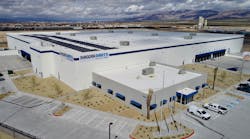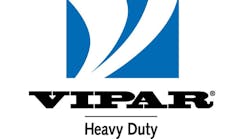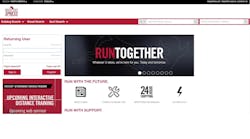North American information technology (IT) decision-makers within the transportation, manufacturing, and trucking/warehousing industries said global positioning system (GPS) technologies are an essential tool for their mobile workforce, according to a recent survey commissioned by Motorola Inc. GPS-enabled technologies are helping increase mobile workforce productivity and letting enterprises become more efficient via a reduction in annual labor and fuel operating costs.
According to the study, the main cited benefit in nearly 50 percent of enterprises using GPS-enabled technologies was a significant reduction in fuel consumption — which was reflected in a reduction in travel distance by an average of 231.2 miles per week and recording $51,582 in annual fuel savings. With more than a million trucking carriers in the United States, the potential industrywide annual fuel savings could reach $53 billion.
The study also revealed enterprises deploying GPS-enabled technologies saved approximately 54 minutes per day, translating into an annual recouped labor savings of $5,484 per employee or $5.4 million per surveyed enterprise. Locationing applications were credited with improving the organization of employee routes, letting companies know precisely where their employees are at any given time and allowing them to examine routing scenarios before implementation.
Surveyed enterprises indicated GPS systems enable the mobile workforce to spend less time in traffic or finding routes, while increasing the amount of time spent with new or existing customers. In fact, when asked why they would consider investing in GPS or other new technologies, those surveyed cited customer service as the number one priority.
The survey identified other key applications: navigation for improved on-time performance and route optimization. Navigation and route optimization are responding to the difficulties field mobility workers often have locating new stops during the course of their shift and streamlining deliveries.
“Field mobility workers in the transportation and trucking industry are experiencing difficulties such as locating stops, reducing fuel expense and improving on time performance resulting in a drain on financial and manpower resources of their organization,” said Jim Hilton, director of field mobility,








